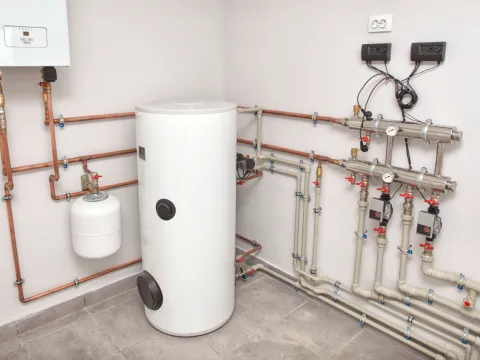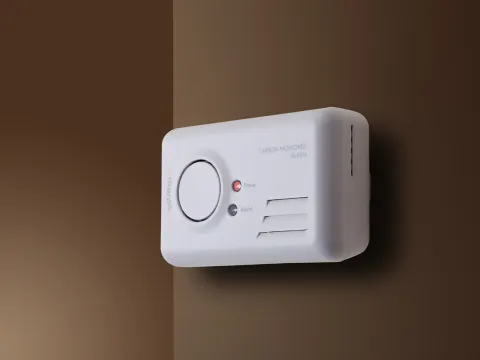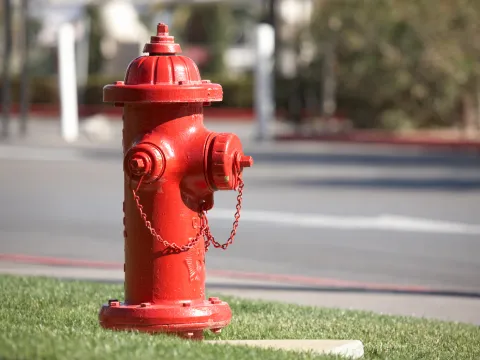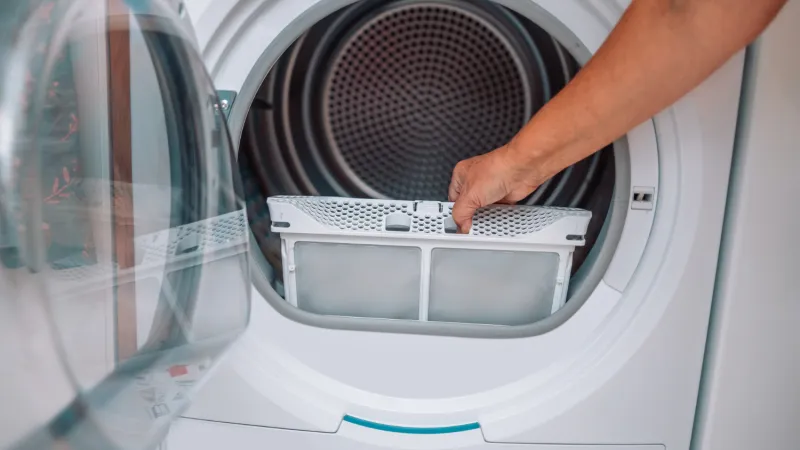
Dodge Dryer Disasters: Safety Tips from Sandbox
Summary
Reading Time
6 min
We all know that the purpose of clothing dryers is to do just that—dry our clothes, and these household appliances do it by using a heating element to warm the laundry and circulate the air inside. Something crucial to consider is that anytime there’s heat, there’s a risk of fire—and that’s not just the insurance in us talking. Did you know that, according to the National Fire Protection Association, each year, dryer fires lead to $233 million worth of property damages? That’s a lot. At Sandbox, we want to help you prevent losses, and that comes with sharing safety tips that are delightfully simple to follow. The next time you go to do a quick load of laundry or purchase a dryer, here are the things you need to do:
1. Professional installation and servicing.
The last thing you need after spending a wad of cash on a dryer is to have it installed improperly. The best way to know that your dryer is following safety precautions and being installed correctly is by contacting a professional. Commonly, improper vents are installed, which include corrugated plastic or aluminum, which are prone to kinking, lint build up, and damage—rigid metal options are the safest bet for your buck. That’s why when you get a professional to install your dryer for you, you know there will be no missing steps or compromises to your safety. Dryers require certain outlets and even grounding for proper functionality, have certain venting requirements, and there are just some details that instruction manuals can make unclear or leave out.
After a few months, you might notice that your dryer just doesn’t dry your clothes like it used to. And while all good things must come to an end, this is not the case for a dryer. It probably means that your dryer needs a good ol’ servicing. It’s recommended to have your dryer serviced on a yearly basis at minimum because a vacuum can only clean so far. Why not let your dryer indulge in a little TLC from the experts? It'll thank you with fluffy towels and wrinkle-free clothes!
2. Placement of the dryer.
Just like a washing machine, dryers need to be placed on level ground and plugged in to the right outlet, but how about the things surrounding the dryer? This appliance should always be free of surrounding obstructions. For example, don’t store flammable materials in your laundry room and leave enough open room on all sides of the dryer for optimal performance. When dryers are at full capacity, they may rattle or shake, so it’s important to give your dryer the space it needs to operate.
Another error many users make is setting heavy objects or detergent bottles on top of their dryer. While it may seem like an extra storage space, if things fall behind your dryer, they could land on the hose or wiring and cause a disconnection or damage.
Lastly, your dryer—and any major household appliance—should always be plugged directly into the wall. That means no extension cords, no DIY electrical inventions, and absolutely no getting Alexa to turn your dryer on and off for you. We know that she’s helpful, but the best way for your dryer to receive the full volume of power it needs is to be plugged directly into the wall.
3. What NOT to put in the dryer.
Not everything that can go in a washing machine can go in a dryer, and sometimes we learn that the hard way. Shrunken pants, faded clothes, and the worst nightmare of all—pilling. The HORROR! While it’s sometimes obvious what can and cannot go in the dryer, other times it’s not. Dryers can get hot inside, and the first big no-no is putting clothing with toxic or flammable chemicals on them in the dryer. Gasoline, oil, and alcohol are some of the most common materials found on clothing that can spark a fire in a dryer. If you have any clothing with toxic or flammable liquids on it, be sure to have them professionally cleaned to make sure you get it all out or allow them to air dry outdoors. The second major item that can never go in the dryer are pieces with foam padding or rubber. When these are exposed to heat, they may melt and deform and cause potential damage to your dryer and other clothing inside. If you’re ever unsure if something can go in the dryer, be sure to check the manufacturer’s label on each item.
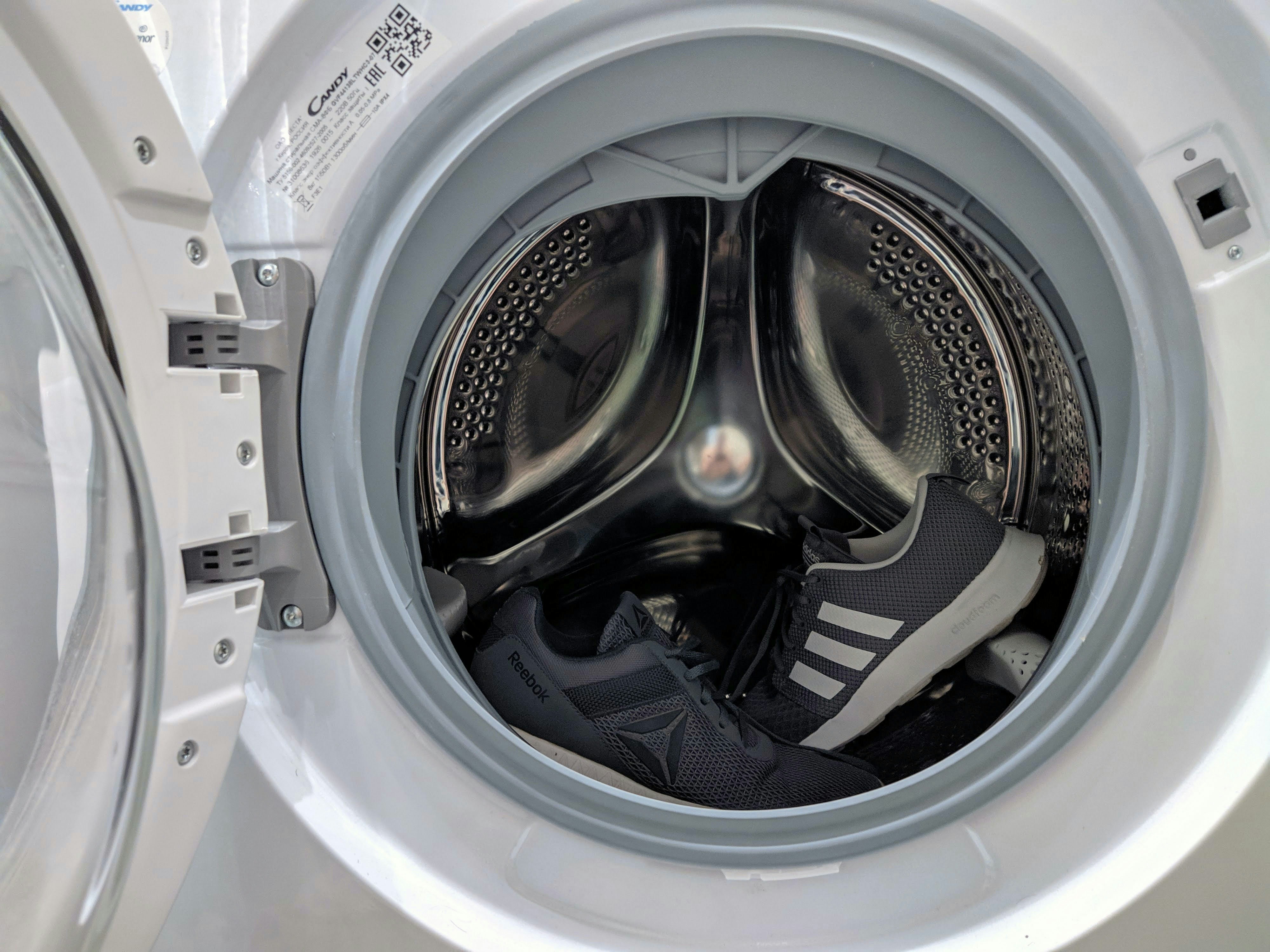
4. Daily use and yearly maintenance.
By doing a little bit each day to take care of your dryer, you’re not only significantly decreasing the chances of something going wrong but also extending the longevity of your dryer. The failure to clean a dryer was the leading factor contributing to clothes dryer fires in homes from 2018 to 2020 according to the National Fire Incident Reporting System. So, don’t overlook the upkeep of your household appliances and follow these maintenance tips and tricks from us:
- Clean out the lint filter after each load. This will not only make sure your clothes are fully dry when the cycle is complete, but it will also not be a fire hazard.
- Don’t overload your dryer. There should be enough room in the dryer for your clothes to spin in all directions so that they can dry evenly.
- Only use your dryer when you are awake and at home. If your dryer begins to spark or cause smoke, you will be able to react and turn it off if you are around.
- Sometimes, cleaning the lint trap isn’t enough, and lint can pile up beneath. Use a small vacuum to clean the lint beneath the filter as well as in the drum of the dryer.
- Each year, at minimum, clean the vent pipe so it’s free of lint and other debris, and have your dryer inspected by a professional.
- Lastly, if you’re ever unsure of a feature or if your dryer is malfunctioning, follow the guidelines and health and safety rules outlined in the manufacturer's instructions.
5. Your household helpers.
Smoke alarms and carbon monoxide detectors are the best household helpers for being your eyes and ears if something goes wrong. If fire or smoke begins to form, your smoke alarm will be able to detect it instantly and notify you. Make sure your smoke alarms are in good working order and located on each floor of your home, especially by any major household appliances like the dryer.
If you live in a climate that’s prone to storms and blizzards, periodically check that your outdoor dryer vent is not lodged by any items or blocked by snow.
When it comes to your dryer and all your household appliances, safety isn’t just a load of hot air—it’s serious business. With property damage each year caused by dryers, it’s clear that property insurance isn’t a luxury but a necessity. Let Sandbox’s Property Insurance be your trusty sidekick in the battle against household mishaps. After all, when it comes to protecting your home and all the contents inside, it’s better to be safe than sorry—and maybe even a little less wrinkled, too.
Please note that the information in this article may not accurately reflect your insurance policy from Sandbox Mutual Insurance or another insurance company. Please refer to your policy or talk to your broker about your specific coverages.

FAQ'S
How often should I have my dryer professionally serviced?
At least once a year! Even if your dryer seems to be working fine, lint buildup happens in sneaky places your vacuum can’t reach. An annual service keeps things running smoothly and reduces fire risk.
What type of dryer vent is the safest to use?
Rigid metal vents are the MVP here. Corrugated plastic or aluminum may bend, trap lint, and increase fire hazards. Professionals know exactly what type you need, which is why expert installation is always worth it.
Is it really that dangerous to leave my dryer running while I’m out of the house?
Yes — and it’s one of the most common mistakes. Since heat is involved, you always want to be home and awake while it’s running so you can act fast if something goes wrong.

